How does leaf loss impact corn yield?
Back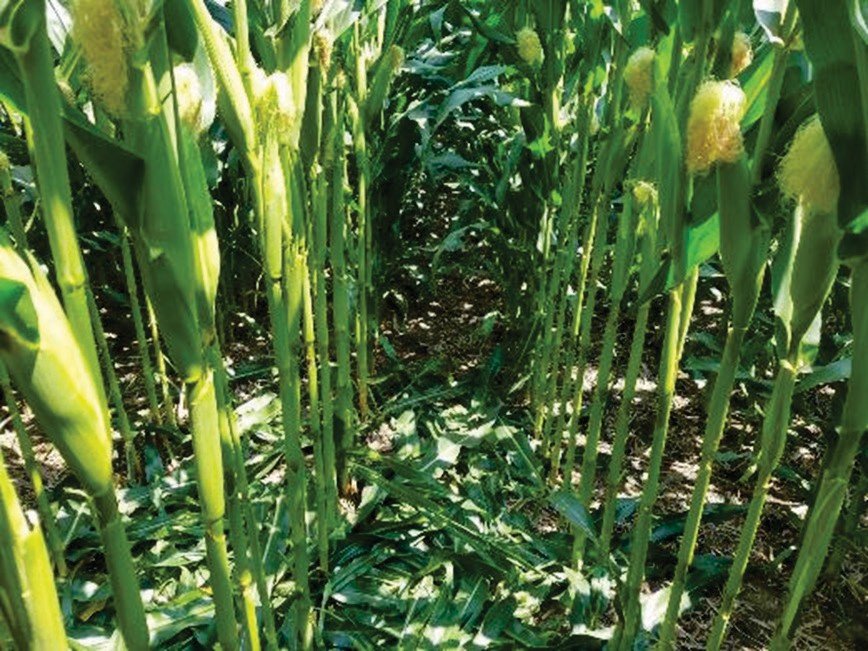
Growers should proactively protect healthy leaf area through appropriate hybrid selection, followed up with fungicide applications if the risk of foliar disease infestation looks like impacting crop economics.
If enough leaf area is lost before grain physiological maturity, it can lead to solubilisation and remobilisation of the carbohydrates in the stalk.
This can result in poor late season stalk integrity, stalk lodging and harvest issues.
Figure 1. (right): All leaves below ear removed at R3 stage of crop development.
Key findings
- The impact of leaf removal on yield and late season stalk integrity is highly dependent on which leaves on the plant are removed.
- Yield components of kernel number and ear weight were both affected by loss of leaf area at the R4 and R5 stage of crop development.
- This study demonstrated the importance of protecting the crop from leaf area loss as late as the R5 stage of crop development.
Objectives
Loss of healthy leaf area in corn due to factors such as foliar diseases, pest infestations, or hail damage that reduces the supply of photosynthate for filling the ear, which can reduce yield.
Lost leaf area can also lead to reduced stalk quality and standability as the plant remobilises carbohydrates from the stalk to compensate for the reduction in photosynthesis.
At a demonstration site in 2022, leaves were removed from corn plants during grain fill to show the effects of reduced leaf area on yield and stalk quality.
In one demonstration, leaves were removed at the R2-R3 development stage and in the other at the R4 stage and R5 stage.
Leaf Removal at R2-R3 – Results
Removing ear leaf only:
- No change in grain moisture (Figure 3).
- 1% reduction in ear weight and grain yield (Figure 4).
- No effect on stalk quality (Figure 5).
Removing the leaves below the ear:
- No change in grain moisture (Figure 3).
- 4% reduction in ear weight and grain yield (Figure 4).
- No effect on stalk quality (Figure 5).
Removing the leaves above the ear:
- 0.53% dryer than the check (Figure 3).
- 22% reduction in ear weight and grain yield (Figure 4).
- Significant amount of stalk cannibalisation (Figure 5).
Leaf Removal at R4 and R5
Leaves were removed at R4 and R5 stage of crop development at one location on one hybrid to induce loss of photosynthetic area. Four separate treatments were compared:
- All leaves below the ear
- Ear leaf only
- All leaves above the ear
- No leaves removed (check)
- The field was sprayed at brown silk with fungicide and again 21 days later to prevent foliar disease development.
- Harvest yield was determined by weighing 20 ears in each treatment, measuring the grain moisture, and correcting the yield to 15.5% grain moisture.
- Five random ears from each treatment were used to determine average kernel row number and length of each treatment.
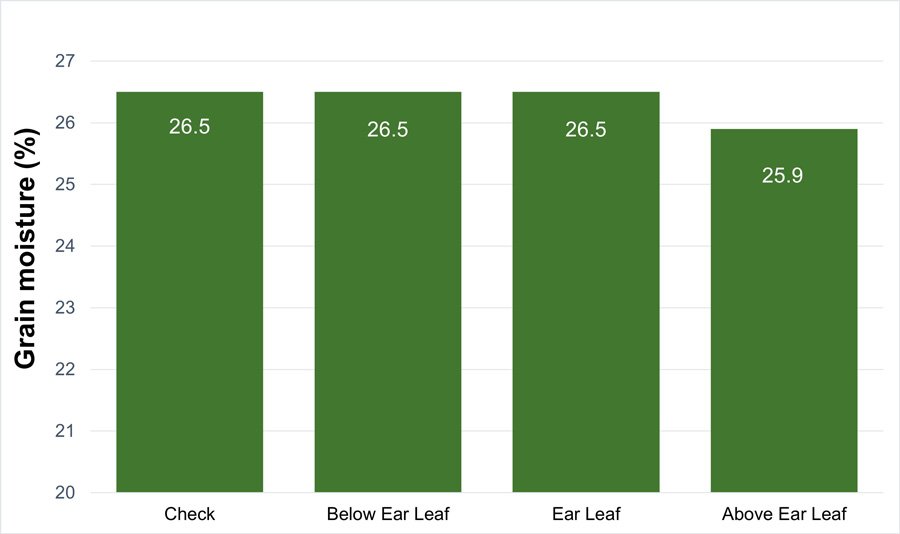
Figure 3. (above) Grain moisture (tonnes/hectare) of defoliation treatments averaged across three trial locations.
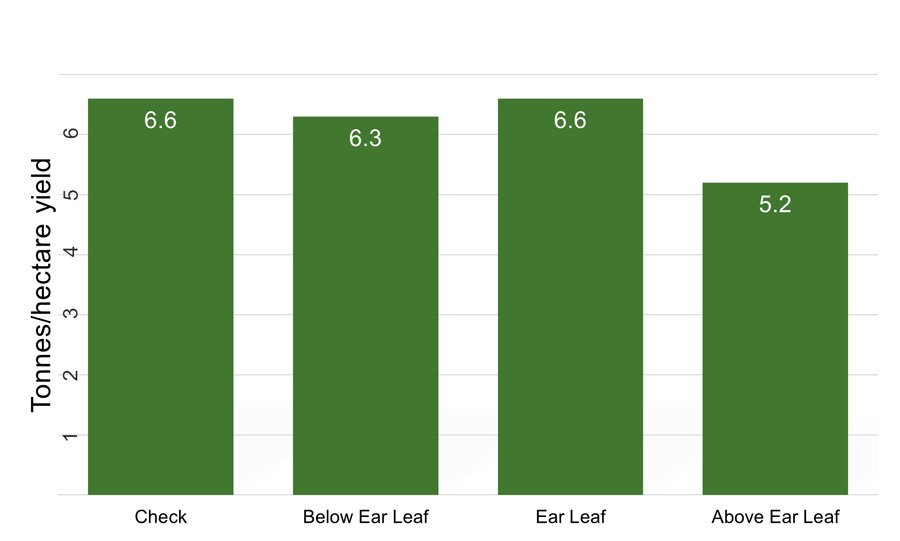
Figure 4. (above) Grain yield (tonnes/hectare) of defoliation treatments averaged across three trial locations.
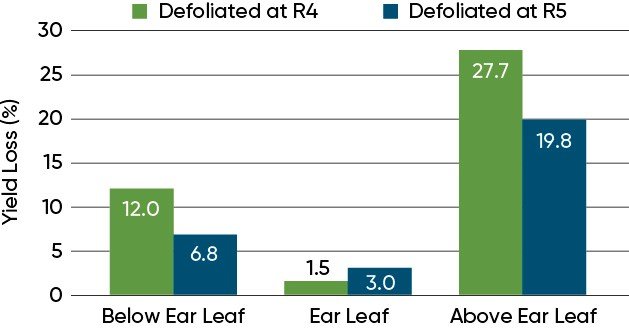
Figure 6. (above) Percentage yield loss with defoliation at R4 and R5 at the trial site.
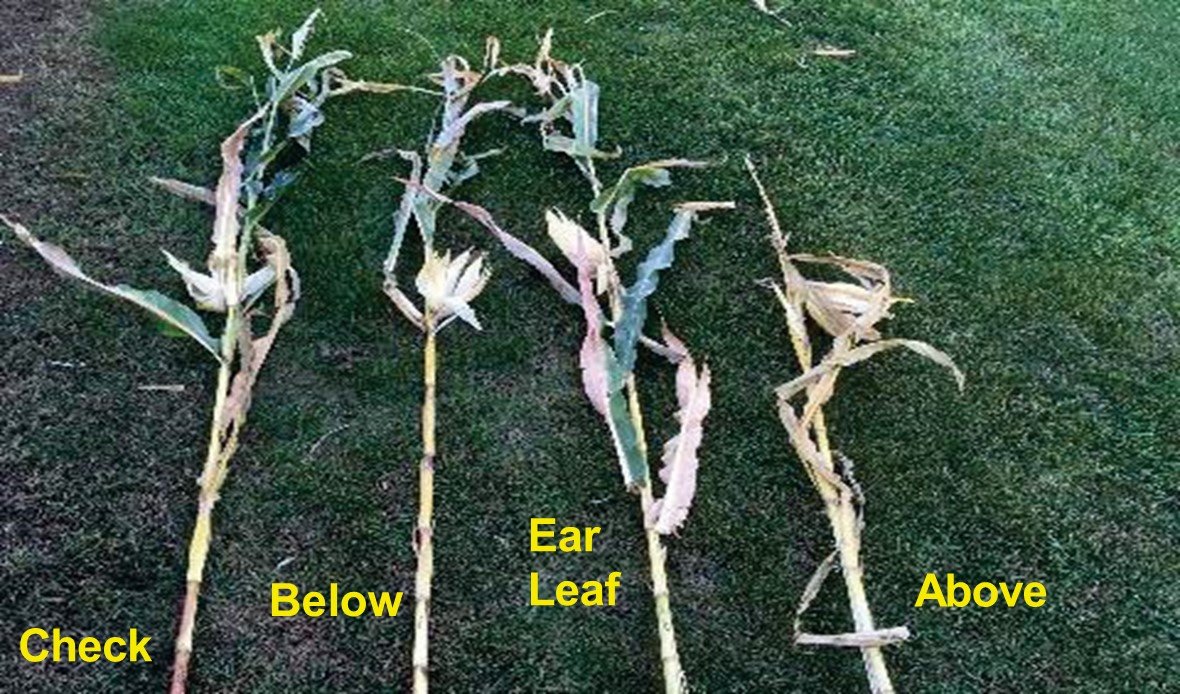
Figure 5. Plant health comparison at harvest.
Leaf Removal at R4 and R5 - Results
Removing leaves above and below the ear leaf at the R4 stage of development tended to have a greater impact on yield loss than defoliation at R5.
Removing the ear leaf only:
- 1.5% reduction in ear weight at R4 removal (Figure 6).
- 3.0% reduction in ear weight at R5 removal.
- No effect on stalk quality (Figure 9).
Removing the leaves below the ear:
- 12.0% reduction in ear weight at R4 removal (Figure 6).
- 6.8% reduction in ear weight at R5 removal (Figure 6).
- Little to no effect on stalk quality (Figure 9).
Removing the leaves above the ear:
- 27.7% reduction in ear weight at R4 removal (Figure 6).
- 19.8% reduction in ear weight at R5 removal (Figure 6).
- Significant amount of stalk cannibalisation with both timings (Figure 9).
NOTE: The foregoing is provided for informational use only. Please contact your Pioneer sales professional for information and suggestions specific to your operation. Product responses are variable and subject to a variety of environmental, disease, and pest pressures. Individual results may vary. Adapted by Pioneer® Brand Seeds from Corteva Agriscience™ agronomy research update (RU221104) ‘Corn Leaf Removal Impact on Yield and Stalk Quality’, Nate LeVan, Troy Deutmeyer, and Dan Berning, October 2022
CN0823-19
Your seed is backed by
local experience
With dedicated and highly skilled team members located throughout Australia you can be sure of accessing the best local knowledge to help you maximise your investment in Pioneer® brand hybrid seed. Get in touch with your local Territory Sales Manager or Farm Services Consultant today.
